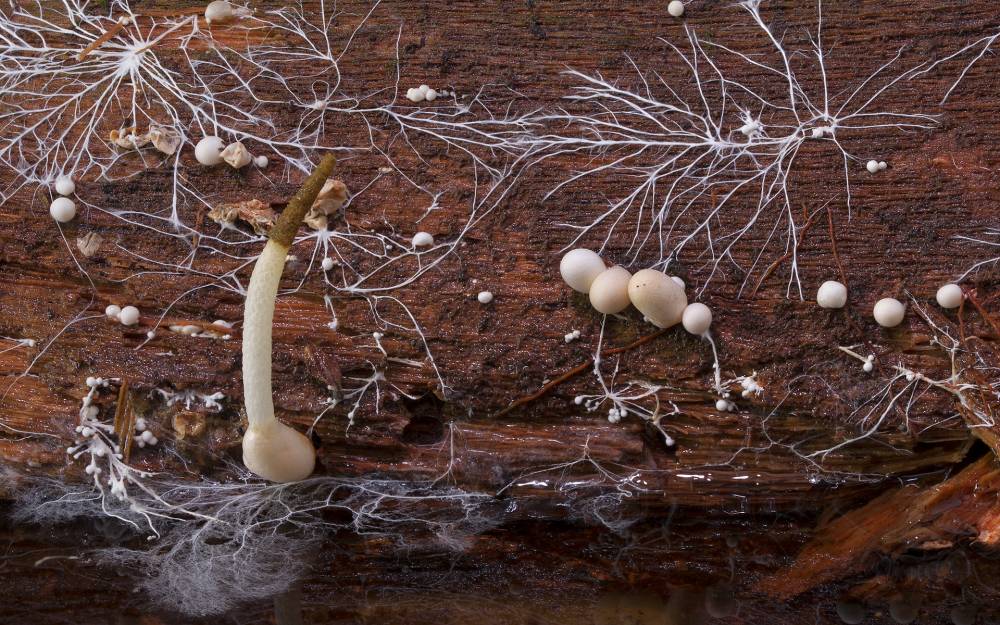A journal for storytelling, arguments, and discovery through tangential conversations.
Wednesday, September 10, 2025
|
Kaya Noteboom
I want to stop thinking about myself. In fact, I wish I could lose my “self” completely. Not for lack of will to live, though. Quite the opposite. I sense with greater frequency that my “self” gets in the way of living, or, is the focus of an inhospitable pressure. It was an unexpected realization, in part because, at present, the need for self-actualization—the pinnacle in Maslow’s “hierarchy of needs”—has become an effigy of Western pop-psychology. With a puzzling degree of certainty, we generally seem to believe in an “authentic self.” It’s this version of the self—not the one you presently are—that’s capable of expressing and utilizing its full creative potential. This actualized form presides like a spectre over our lives, omnipresent since birth, and perpetually out of reach. Art and politics function as modes of symbolic representation within this schema. They present a multitude of techniques to make the self visible to one’s self and to others. These mediums give the self a tangible form and aid in its continual management. The most common notions of selfhood depend on the legibility that art and politics provide, enabling a sense of security in an unstable world. Today, as people’s ability to meet Maslow’s lower needs (food, shelter, and loving connection) are strained by the pressures of late-capitalism, an inversion has occurred. The hierarchy has flipped. Somehow—though I have my suspicions—self-actualization has become the skeleton key to basic survival.

Monday, August 11, 2025
|
Kaya Noteboom
The nameless narrator of Lara Mimosa Montes’s new book, The Time of the Novel (Wendy’s Subway, 2025), makes a plain confession. “I was over being a person, one with a social security number, a natal chart, an undecided future, and a passport.” It’s an absurd thing to desire, and completely relatable. It should seem absurd that so much of what distinguishes a person as such is fundamentally impersonal: someone’s birth time and place, a set of randomized numbers, government-issued papers—stuff that’s all too easy to forget or misplace. Yet, the stakes of having or not having these materials couldn’t be higher as people in the US are being forcibly taken from their homes, their places of work, and off the streets to be deported, detained, and subjected to dehumanizing violence. What The Time of the Novel’s narrator attests to is that life as a person, vital items in tow, isn’t all that livable either.

Thursday, July 11, 2024
|
Kaya Noteboom
Fungi are everywhere. I’m not the first to say it, but I want to be the last. In February, Triple Canopy published a series of essays surveying the ongoing proliferation of fungi-inspired culture. Mushrooms, with their pleasing color palettes and subtly salacious shapes, have been made into plushie toys, decorative patterns for dish towels and puzzles, and vibey graphic tees. Mushrooms, specifically the reproductive fruiting bodies of fungi that we can see protruding from soil or downed trees, are predictably easy to aestheticize. There are other parts such as mycelium that are aestheticized too but in different ways. These fine fungal threads are similar to roots forming networks underground that are largely out of sight. Unlike their squidgy counterparts, mycelial networks can’t be rendered into cutesy anthropomorphic characters. Instead, they’re more susceptible to conceptual aestheticization through language, social sciences, philosophy, and critical theory. Rather than make fungi appear more human as representations of mushrooms are prone to, mycelial aesthetics achieve the opposite.
